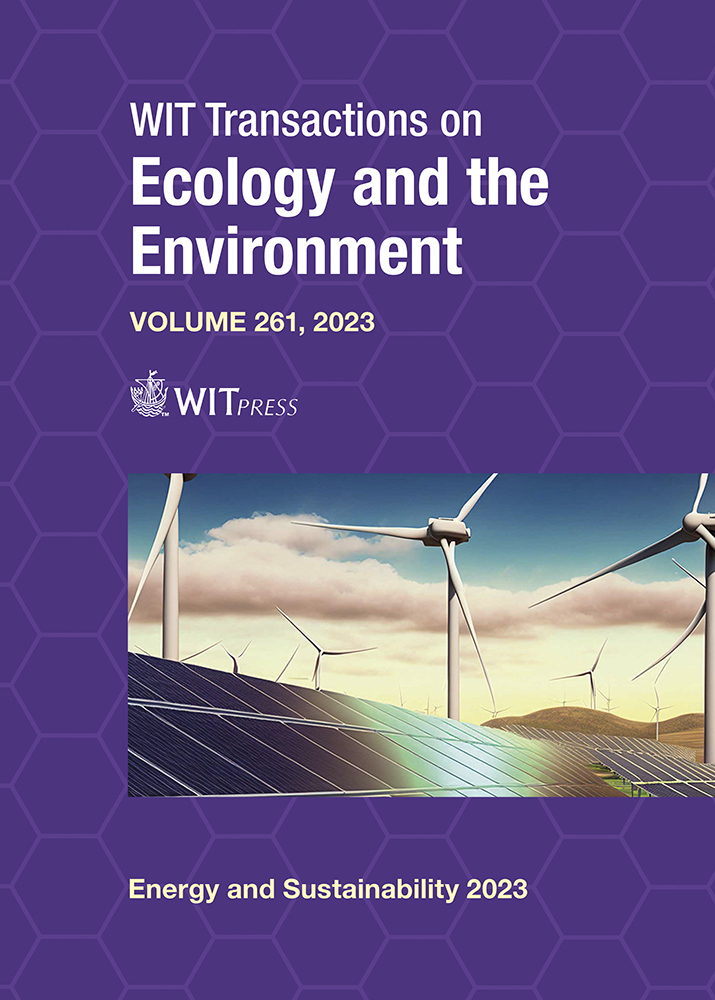CARBON FOOTPRINT LIFE CYCLE ASSESSMENT OF MODULAR WOODEN CONSTRUCTION
Price
Free (open access)
Transaction
Volume
261
Pages
13
Page Range
325 - 337
Published
2023
Paper DOI
10.2495/ESUS230281
Copyright
Author(s)
PIN-CHI CHEN, CHI-JEN CHEN, SZU-TUNG KUO
Abstract
Due to the crisis of global warming, the urban development strategy of low-carbon cities has been consistently proposed. The strategy of energy conservation and carbon reduction has become a significant international effort to quantify environmental issues. The construction industries in many countries are predominantly reliant on conventional construction methods and processes characterized by high energy consumption and carbon emissions. This heavy reliance on steel and concrete has resulted in the depletion of land resources and incalculable environmental costs. Among these methods, reinforced concrete (RC) structures constitute the highest proportion. To mitigate the environment impacts caused by RC structures, the adoption of modular timber building systems as a design solution for lightweight buildings proves to be an effective and prudent strategy. The modules building unit created using timber construction offer benefits such as low embodied energy, carbon storage, shorter erection periods, low waste generation, and improved labour productivity. Consequently, modular timber building systems have the potential to be developed as affordable and high-quality building systems. This study uses the life cycle assessment tool to monitor the environmental impacts of modular timber construction systems during the raw material production and construction stages. The main research objectives are as follows: (1) Conduct a carbon inventory analysis of modular timber construction; (2) Estimate the carbon footprint of the production process for modular timber construction; and (3) Estimate the carbon footprint during the construction stage of modular timber construction. The results will be concluded in different stages as follows: (1) material production stage; (2) construction stage; and (3) net carbon emissions of modular wooden building, and will be compared to the existing related cases as well. The findings of this study will contribute to the sustainable development of construction industry in the future.
Keywords
modular building, timber structure, life cycle assessment, carbon footprint





